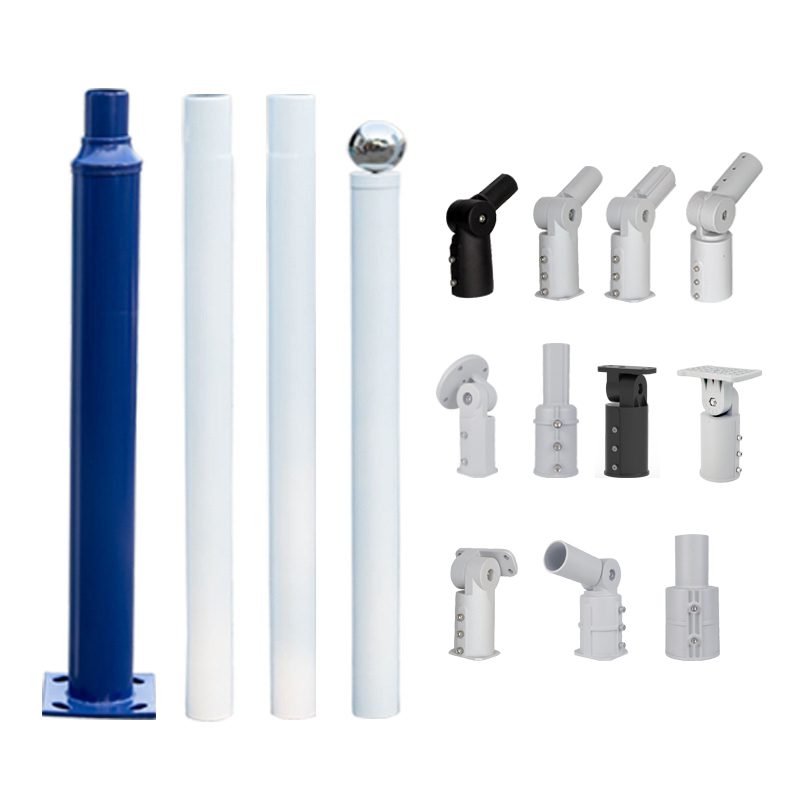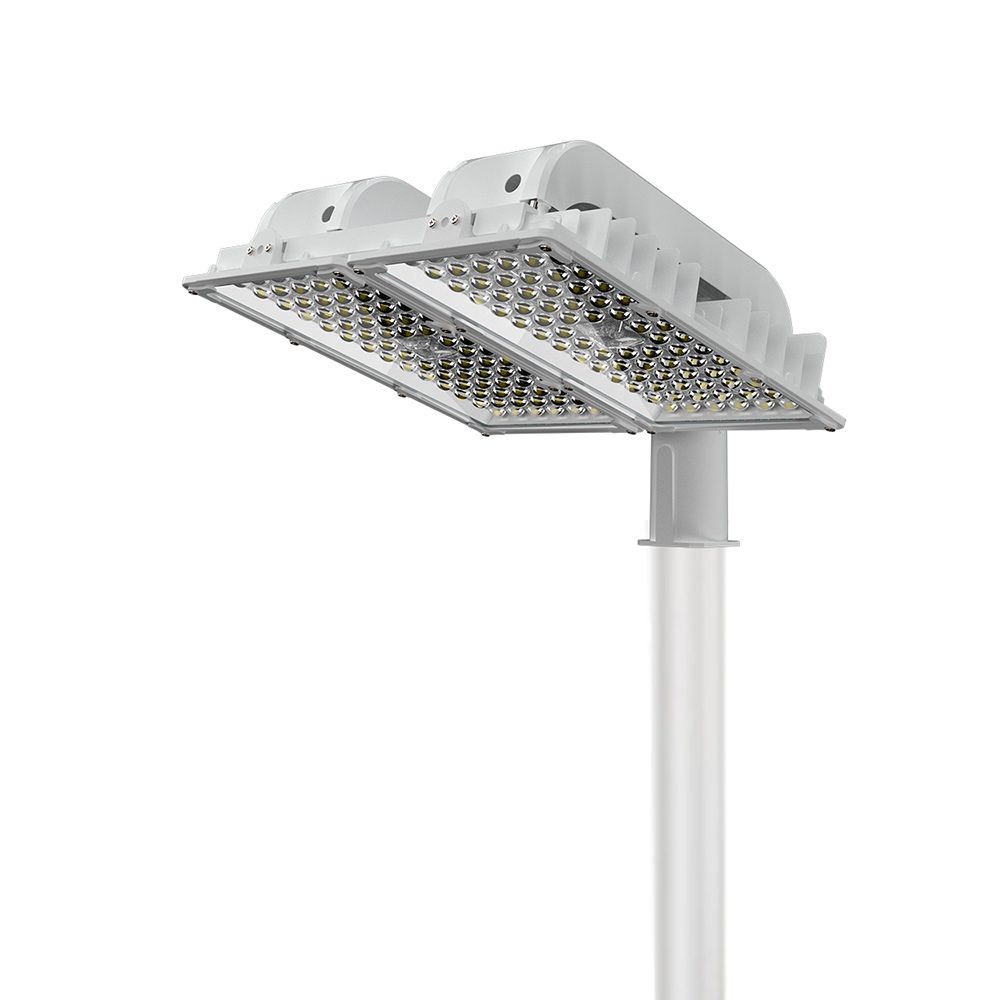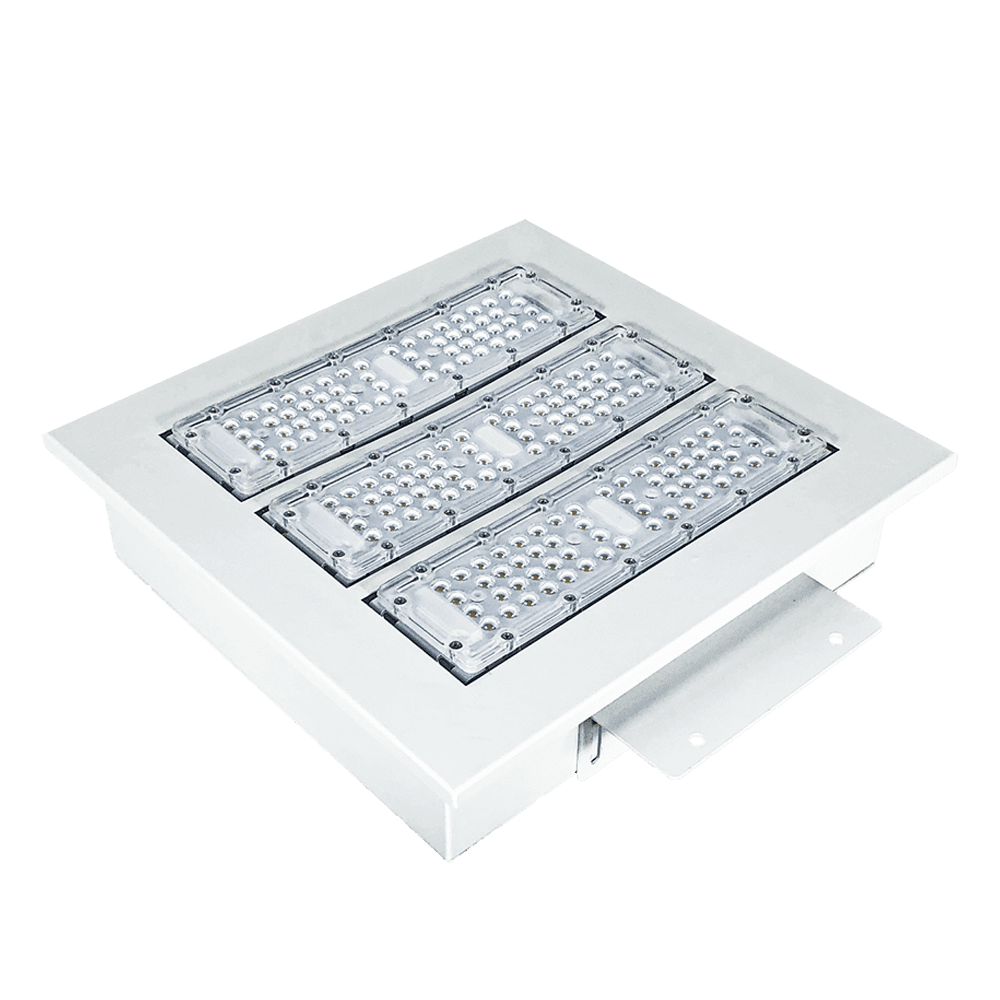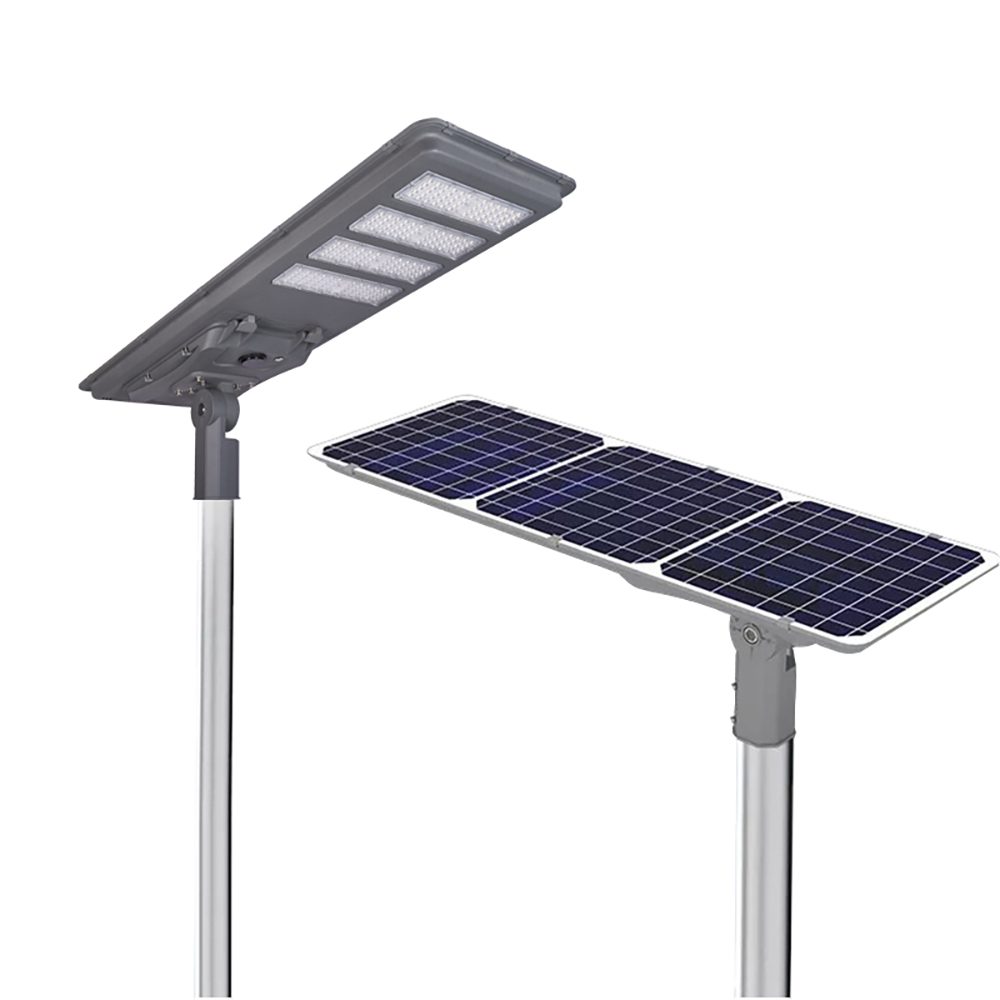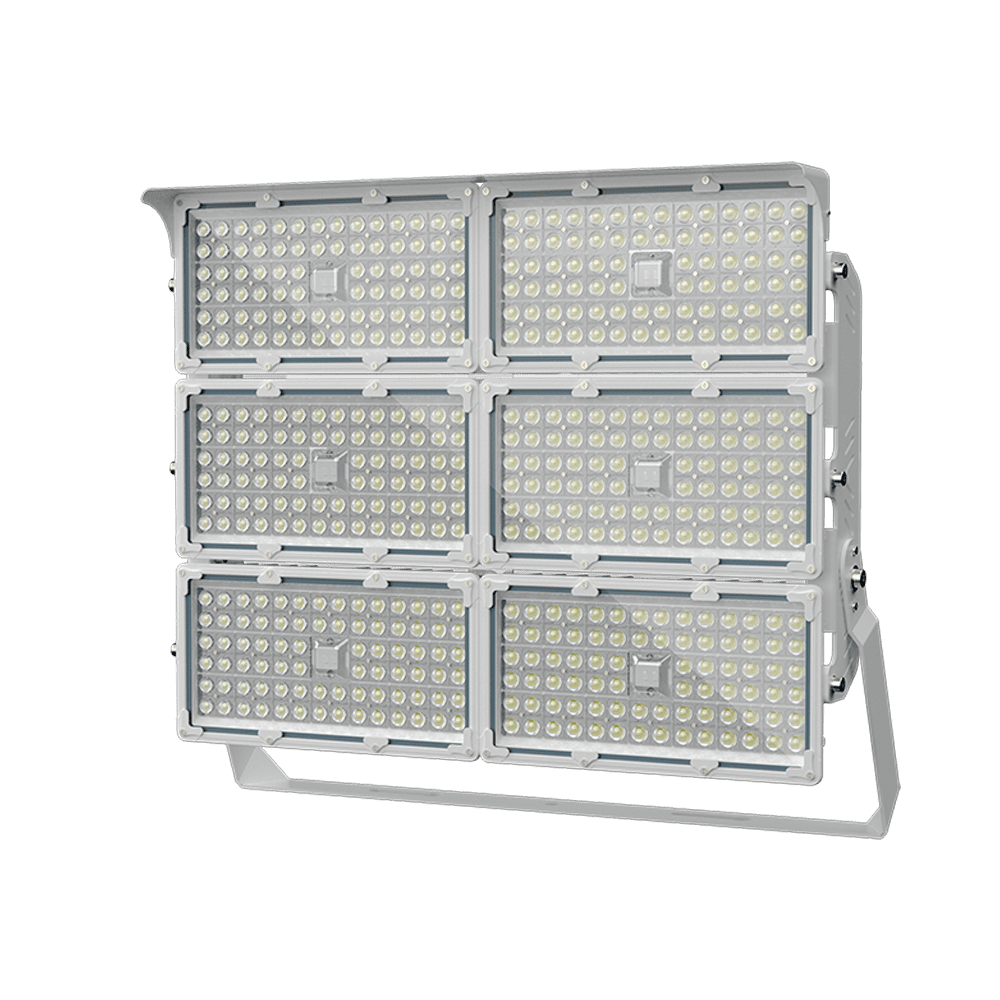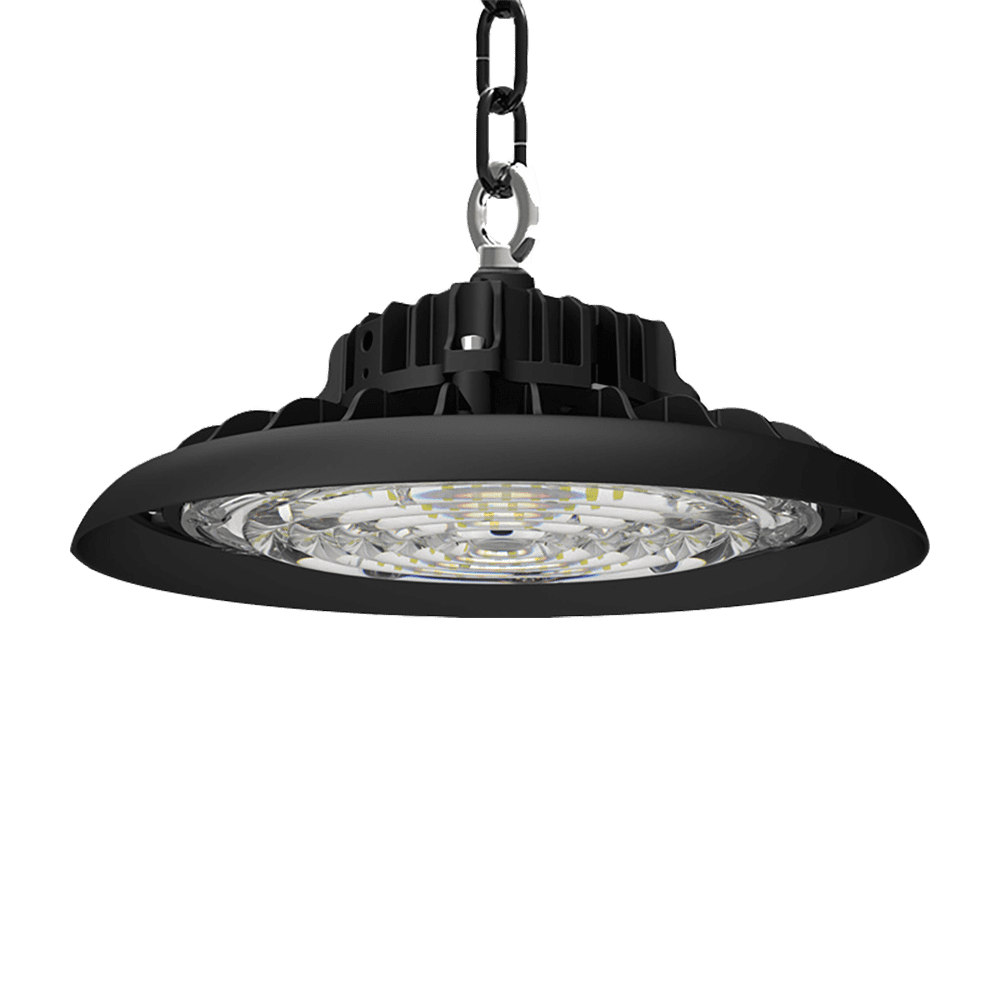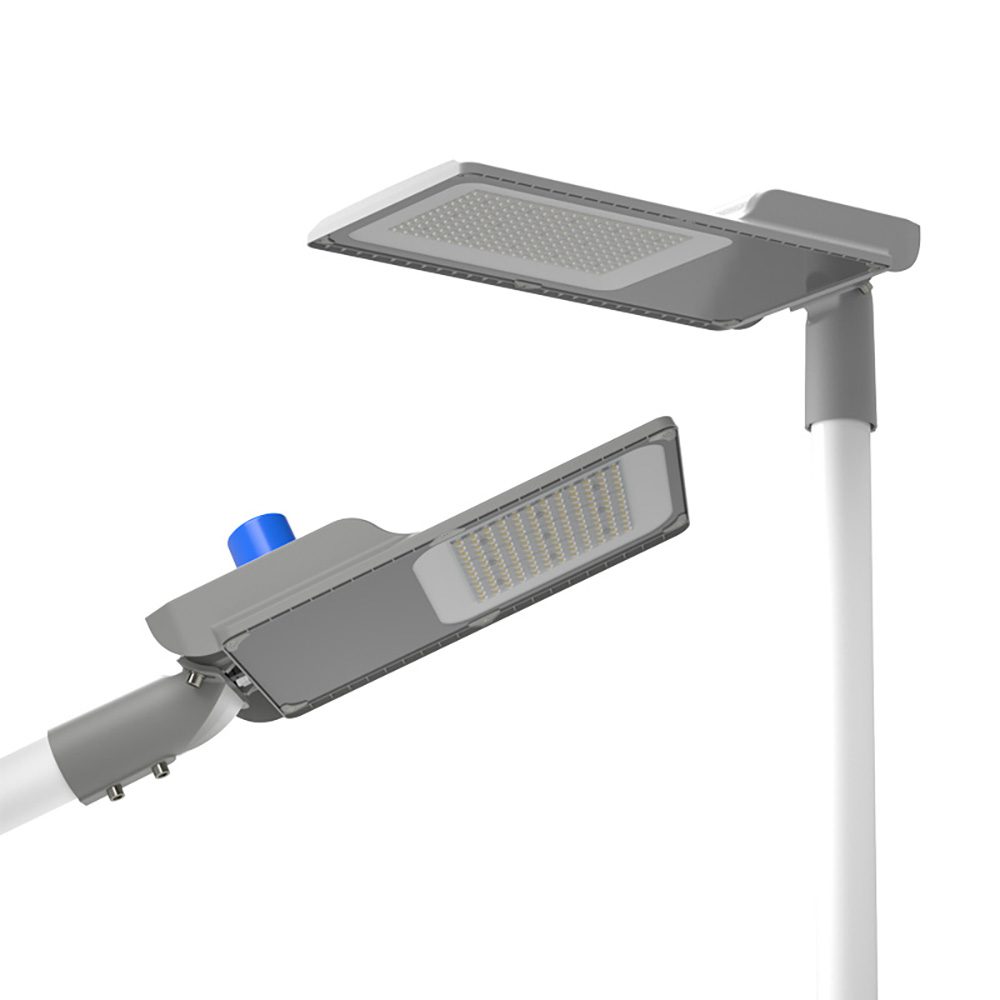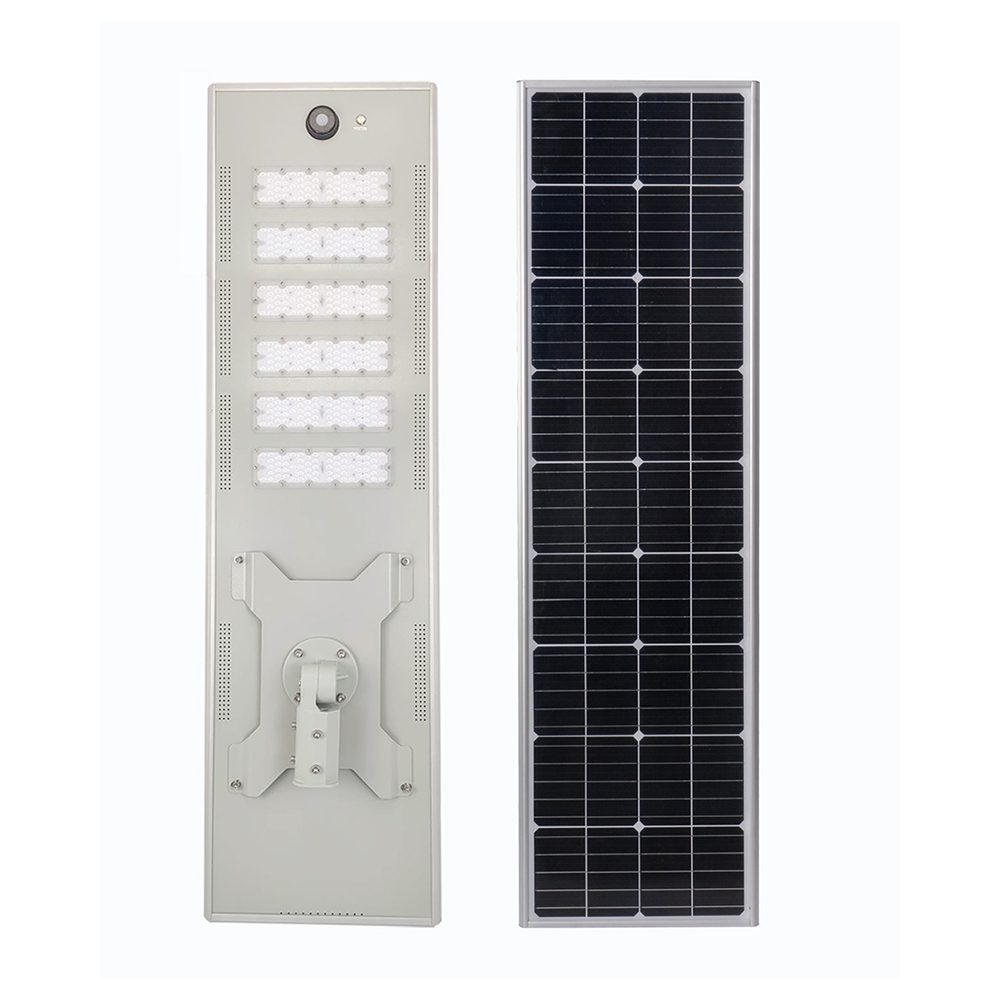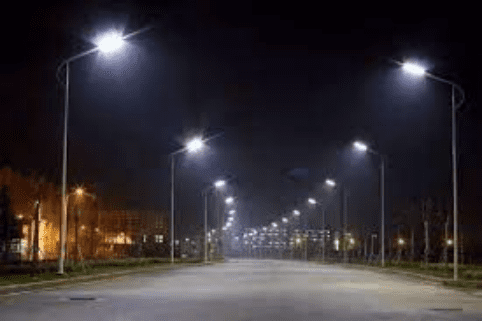Solar street lights, as an environmentally friendly and energy-saving lighting solution, have gained widespread use in both urban and rural public lighting in recent years. However, many users encounter issues with solar street lights not functioning properly, which not only affects nighttime illumination but also poses safety hazards. This article will analyze the main reasons why solar street lights may not light up and propose corresponding solutions.
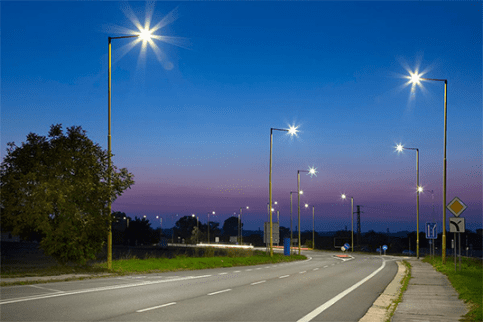
1.Faulty Solar Panels
One of the core components of solar street lights is the solar panel, which is responsible for converting solar energy into electrical energy. If the solar panel is covered with dirt, dust, leaves, or snow, light cannot effectively reach it, resulting in insufficient energy production. Additionally, aging or damage to the solar panel can also affect its normal operation. Therefore, regular inspection and cleaning of the solar panels are essential to ensure the proper functioning of solar street lights.
2.Battery Issues
Solar street lights typically come equipped with rechargeable batteries to store the energy collected during the day. If the battery malfunctions, such as aging, capacity reduction, or short-circuiting, it can lead to inadequate energy storage, preventing the lights from functioning properly. Users should regularly check the health of the battery and replace it when necessary to ensure effective energy storage.
3.Controller Malfunction
The controller acts as the “brain” of the solar street light, managing battery charging and discharging, as well as light sensing functions. If the controller malfunctions, it may prevent the lights from automatically turning on at night or cause them to incorrectly activate during the day. Users can check the controller’s indicator lights or use a multimeter to determine if it is functioning properly.
4.Light Fixture Problems
Issues with the light fixture itself are also a common reason for solar street lights not lighting up. If the LED bulb is burnt out or there are internal wiring problems, the fixture will not emit light. Regular inspection of the fixtures and timely replacement of any damaged bulbs is an effective way to address this issue.
5.Installation Issues
Improper installation can also lead to solar street lights failing to operate correctly. For instance, if the installation angle of the light is incorrect, it may affect the solar panel’s exposure to sunlight, consequently impacting energy production. Additionally, the choice of installation location is crucial; surrounding buildings or trees that block sunlight can reduce the lighting effectiveness of the street lights. Therefore, these factors should be carefully considered during installation to ensure adequate light exposure.
6.Environmental Factors
Environmental factors such as rainy weather, prolonged cloudy days, or smog can also affect the operation of solar street lights. Although solar street lights are designed to have a certain level of self-regulation, extreme weather conditions may reduce the battery’s charging efficiency, leading to diminished light output or failure to illuminate.
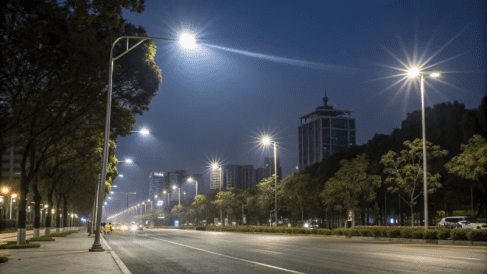
The issue of solar street lights not lighting up can be caused by various factors, including faults in the solar panels, controllers, light fixtures, installation problems, and environmental influences. To ensure the proper operation of solar street lights, users should conduct regular maintenance and inspections, promptly replace faulty components, and select appropriate installation locations. Additionally, understanding and addressing the impacts of environmental changes is key to ensuring the stable operation of the lights. By taking these measures, we can effectively extend the lifespan of solar street lights and enhance their lighting effectiveness, providing nighttime safety for urban and rural areas.

